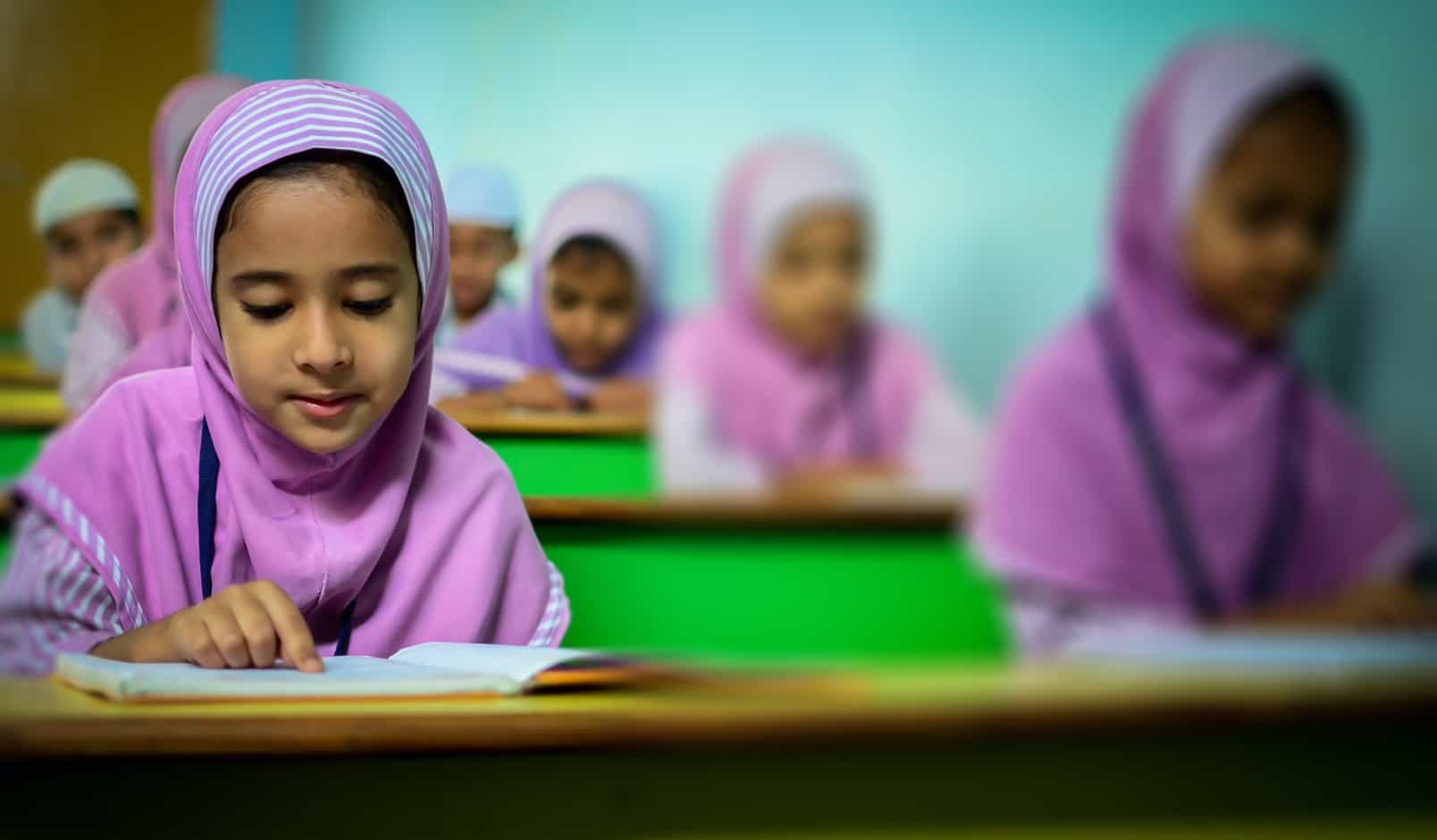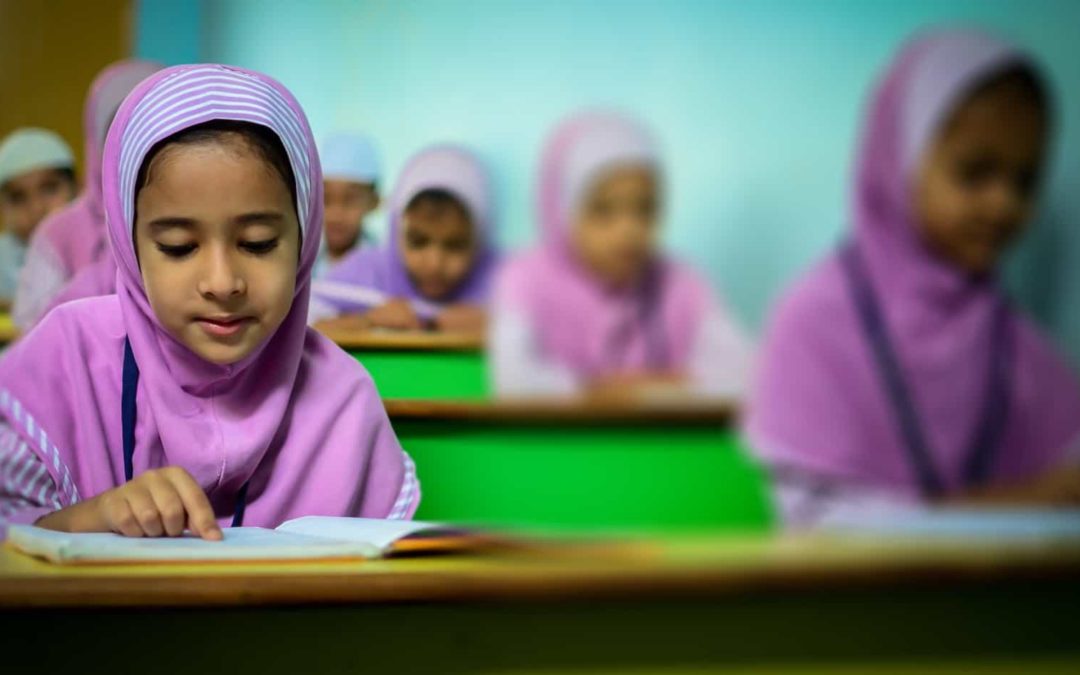
Every school day, over a billion children go to a classroom somewhere in the world. This means that 90 percent of all school-age children are now enrolled in a school. In 1970, it was 72 percent, according to UNICEF .
More children and young people today are enrolled in pre-school, primary and secondary education than ever before.
Great progress has been made towards realizing the Millennium Development Goal in order to achieve universal basic education. However, much remains to be done before this vision will be achieved in some regions.
While education systems globally have registered more students, some regions and countries are facing strong demographic growth. Without resources to ensure that all these children enter school, this leads to increases in the number of children outside school. The challenge is most acute in sub-Saharan Africa, where the net contribution amounted to 79 percent in 2018.
In some regions there is also a shortage of trained teachers, insufficient learning materials, provisional lessons and poor sanitation facilities, which makes learning difficult for many children. Others come to school hungry, sick, or exhausted from work or household chores to take advantage of their lessons.
The development is positive, but a lot remains to be done. For 2021, UNICEF aims to:
- 60 million children who do not go to school will receive primary school education – an increase of 10 million
- 93 million girls and boys will receive individual education or learning materials – an increase from 15.7 million
- 79 percent of all countries improve learning outcomes for girls and boys – an increase from 62 percent for girls and 60 percent for boys





